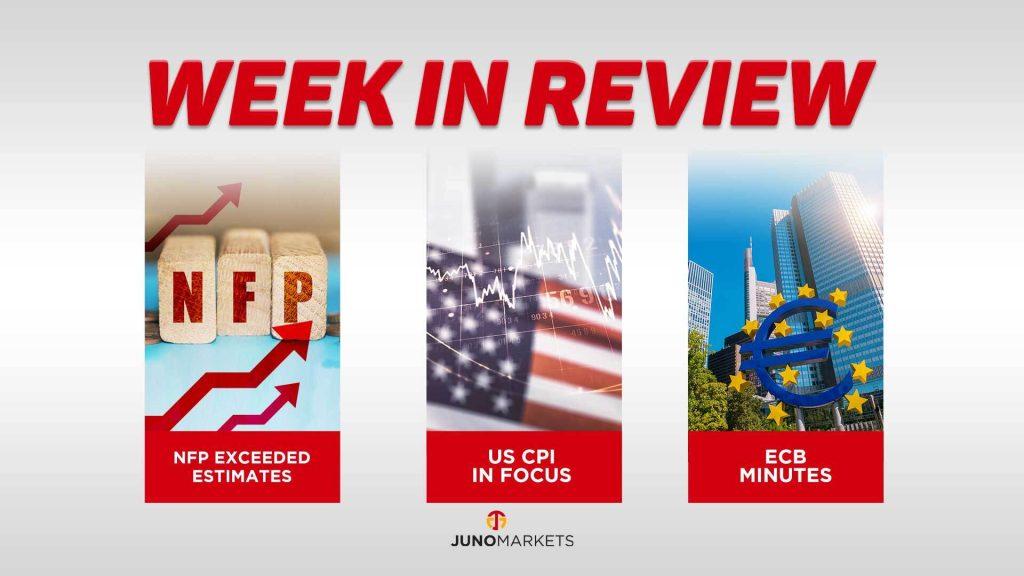NFP exceeded estimates
The Non-Farm Payrolls report published on Friday revealed that the US economy added 223,000 jobs in December, surpassing the expected increase of 200,000. The November figures were also revised upward to show an increase of 256,000 jobs. The Unemployment Rate declined to 3.5% from 3.6%, defying expectations of a rise to 3.7%. These positive employment figures should have caused market concerns about a more aggressive stance from the Federal Reserve, as the Fed has stated that it needs employment to cool down in order to lower inflation. However, markets chose to ignore these headline numbers and focus instead on the decrease in Average Hourly Earnings for December, which fell to 4.6% year-over-year, lower than the expected rate of 5% and the revised November rate of 4.8% year-over-year, down from the previously reported 5.1% year-over-year.
US CPI in focus
On Thursday, the US will publish the Consumer Price Index (CPI) report for December. The headline CPI is expected to show an increase of 6.5% year-over-year, down from the November rate of 7.1% year-over-year. The Core CPI, which excludes volatile items such as food and energy, is predicted to decrease to 5.7% year-over-year from 6% year-over-year in November. Headline inflation has been declining since reaching a peak of 9.1% year-over-year in June, but the Core CPI has been steadier. If the data comes in weaker than anticipated, it could continue to boost stock prices and weaken the US Dollar.
ECB Minutes
At the December meeting of the European Central Bank (ECB), President Lagarde surprised many when she indicated that although the 50bps rate hike signaled a slowdown in the rate hiking cycle, it did not mean that the ECB was backing down on its efforts to combat inflation. In fact, she stated that the plan was to increase rates by at least 50 basis points at each of the next three meetings. This caused concern in the markets.
The announcement by the ECB led to a significant increase in European bond yields as people worried that the central bank was repeating a mistake from a decade ago, when it aggressively raised rates despite an economic downturn. Several members of the ECB’s Governing Council have indicated that they are determined to bring inflation under control, with some advocating for a final rate above 3%. Lagarde recognized that there are significant differences of opinion among the governing council members regarding how much rates should increase, but there is a possibility that the ECB may be too aggressive in its actions. This could lead to a further downturn in order to address the concerns of Northern European countries about the persistence of current inflation levels and their fear of high inflation.
The release of the most recent minutes will provide a clearer understanding of the extent of the divisions within the ECB and how much they are willing to raise rates.




